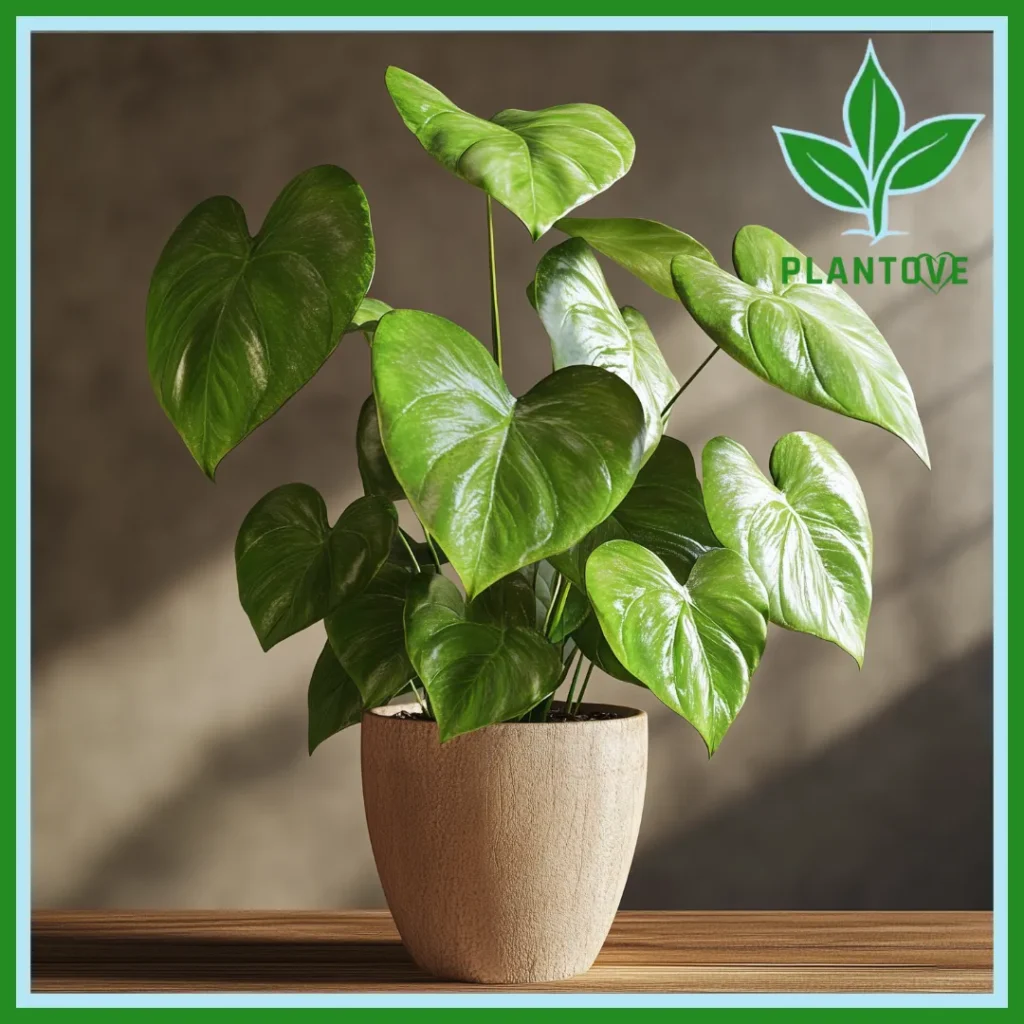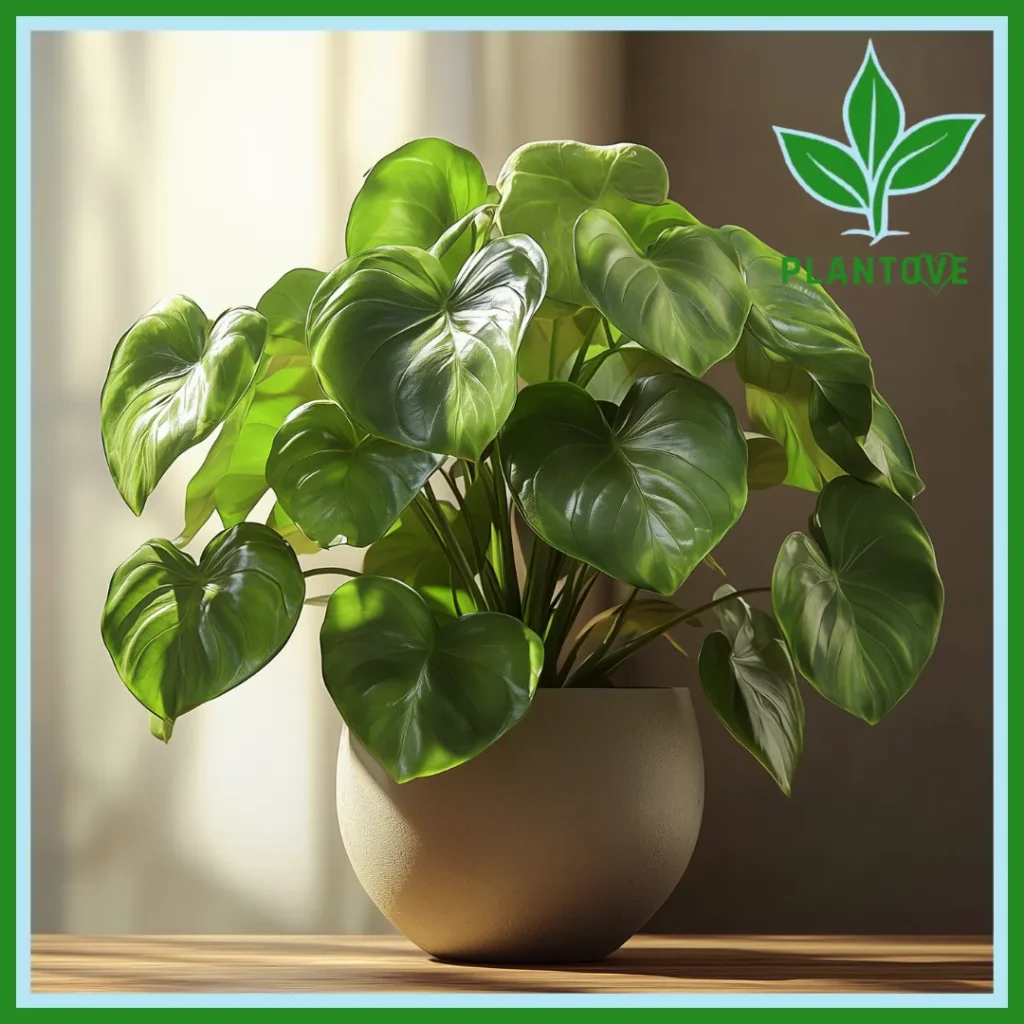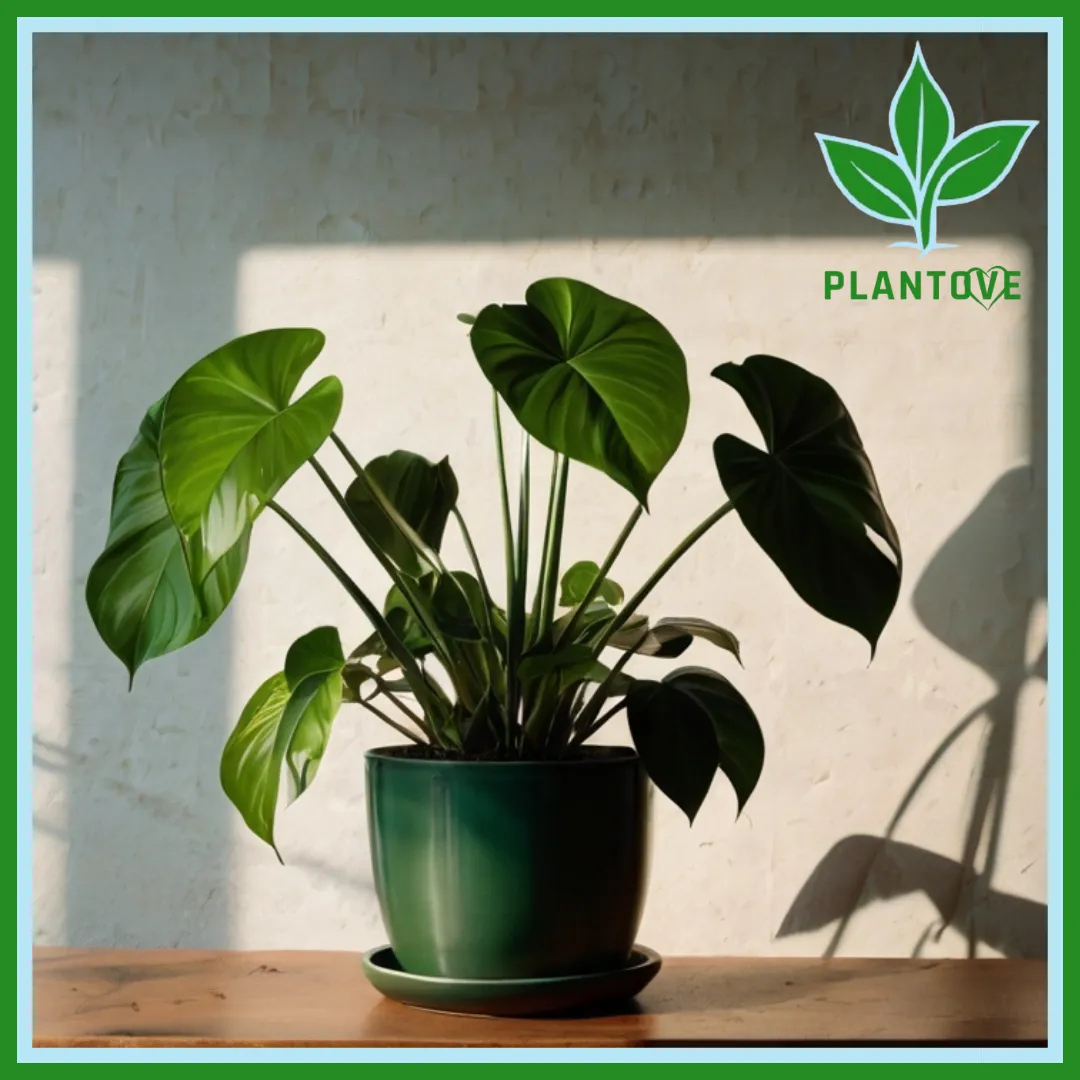Homalomena is an increasingly popular houseplant known for its lush, vibrant foliage and low-maintenance care requirements. Whether you’re a beginner plant enthusiast or an experienced gardener, Homalomena makes an excellent addition to any indoor plant collection. In this article, we’ll cover everything you need to know about the Homalomena plant, including its scientific name, plant care, benefits, indoor use, and propagation tips.
What Is Homalomena?
Homalomena is a genus of tropical plants that belongs to the Araceae family. These plants are native to Southeast Asia, where they thrive in humid, shady environments. Homalomena plants are recognized for their large, heart-shaped leaves that are often glossy and vary in color from deep green to shades of silver and red. Their appearance is similar to that of the Dieffenbachia and Philodendron plants, but Homalomena stands out due to its ease of care and ability to adapt to indoor environments.
Homalomena Scientific Name
The scientific name of the most common Homalomena species grown as houseplants is Homalomena rubescens. While there are many species within the Homalomena genus, Homalomena rubescens is the most well-known and widely cultivated, particularly for indoor use.
Homalomena Plant Care: How to Keep Your Plant Healthy
Light Requirements
Homalomena thrives in indirect, medium light but can also tolerate low-light conditions, making it an ideal plant for indoor spaces. Direct sunlight should be avoided, as it can scorch the leaves and cause damage. Place your plant in a well-lit room, but out of direct sunlight, such as near a window with filtered light.
Watering
Homalomena prefers consistently moist soil, but it’s important not to let it become waterlogged. Water the plant when the top inch of soil feels dry to the touch. Overwatering can lead to root rot, so ensure the plant has good drainage. In winter, reduce watering frequency as the plant’s growth slows down.
Humidity and Temperature
As a tropical plant, Homalomena thrives in high humidity. While it can tolerate average indoor humidity levels, it will benefit from being misted occasionally, especially during the winter months when indoor air tends to be drier. Ideal temperatures for Homalomena range from 60°F to 85°F (15°C to 29°C). Avoid exposing the plant to cold drafts or temperatures below 50°F, as this can harm its growth.
Soil and Fertilizer
Homalomena grows best in a well-draining potting mix. A mix designed for tropical plants or a blend of peat, perlite, and standard potting soil works well. Fertilize your Homalomena once a month during the growing season (spring and summer) with a balanced, water-soluble fertilizer. Reduce fertilization in the winter months when the plant’s growth slows.
Pruning
Regular pruning is not necessary for Homalomena, but you can remove any yellow or damaged leaves to keep the plant looking its best. Use clean, sharp scissors or pruning shears to avoid spreading diseases.
Homalomena Plant Indoors: How to Create the Perfect Environment

Homalomena is well-suited for indoor growing due to its ability to thrive in low light and relatively low-maintenance needs. Here are some tips for creating the perfect environment for your indoor Homalomena:
- Choose the Right Spot: Place your Homalomena in a location that receives bright, indirect light but is shielded from direct sunlight. An east-facing window is ideal, as it provides gentle morning light without the harshness of the afternoon sun.
- Monitor Humidity: Indoor environments, especially in the USA where heating and air conditioning are common, can be quite dry. If your home is dry, consider using a humidifier or misting the plant occasionally to mimic the plant’s native tropical habitat.
- Repotting: Homalomena doesn’t require frequent repotting. However, if you notice the roots outgrowing the pot or the soil compacting, it’s time to repot the plant. Choose a pot one size larger with fresh soil to encourage healthy growth.
Homalomena Plant Benefits
In addition to its attractive appearance, Homalomena offers several benefits that make it a great choice for indoor gardening:
1. Air Purification
Like many indoor plants, Homalomena is known for its ability to purify the air. It helps to remove toxins such as formaldehyde, benzene, and carbon monoxide from indoor environments, improving air quality and making your home or office a healthier space.
2. Low Maintenance
Homalomena is a low-maintenance plant that doesn’t require constant attention. Its ability to tolerate low light and adapt to various humidity levels makes it an easy plant to care for, even for beginners.
3. Stress Reduction
Studies have shown that indoor plants, like Homalomena, can help reduce stress, boost mood, and improve overall well-being. Having greenery in your home can create a calming atmosphere and improve mental health.
4. Aesthetic Appeal
The bold, glossy leaves of Homalomena add a tropical vibe to any room. Whether displayed as a focal point in a living room or as part of a larger indoor plant collection, it enhances the visual appeal of your space.
Homalomena Plant Propagation: How to Multiply Your Plant

If you’d like to grow more Homalomena plants or share them with friends, propagation is relatively simple and can be done using the division method.
- Timing: The best time to propagate Homalomena is during the growing season, typically in spring or early summer.
- Steps for Division:
- Carefully remove the plant from its pot, gently shaking off excess soil.
- Look for natural divisions in the root system and separate the plant into smaller sections, ensuring each section has roots and a few leaves.
- Repot each section into its own container with fresh potting soil, water thoroughly, and place in indirect light.
- Post-Propagation Care: Keep the newly propagated plants in a warm, humid environment, and water them lightly until they establish themselves.
Common Pests and Problems
Homalomena is generally a resilient plant, but like all houseplants, it can be susceptible to pests such as spider mites, mealybugs, and aphids. Regularly inspect the leaves for signs of infestation, such as webbing or sticky residue. Treat infestations with insecticidal soap or neem oil.
Yellowing leaves can indicate overwatering, while browning leaf edges may be a sign of low humidity or exposure to cold drafts. Adjust your care routine to address these issues, and your Homalomena should thrive.
Final Thoughts: Why Homalomena Is a Must-Have Plant
Homalomena is a versatile and beautiful houseplant that fits well in various indoor environments. With its low-maintenance needs, air-purifying qualities, and striking foliage, it’s a great choice for anyone looking to enhance their home with a touch of nature. Whether you’re a beginner plant parent or an experienced gardener, Homalomena will reward you with lush, green growth and a tranquil ambiance in your space.

